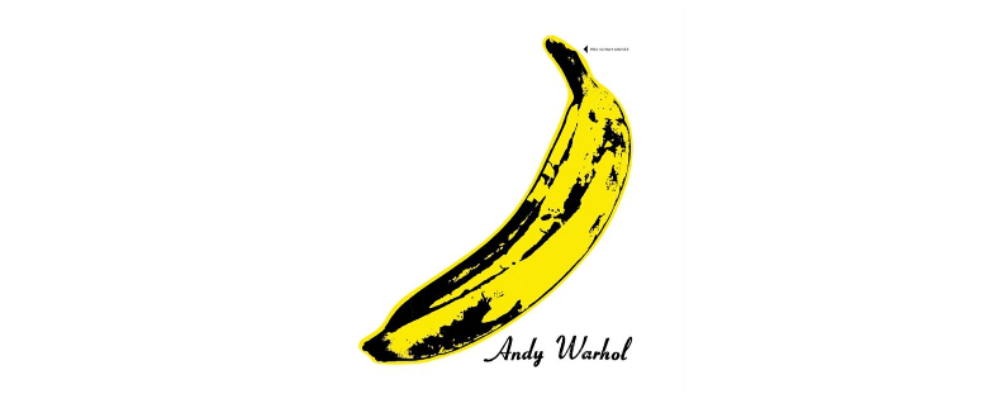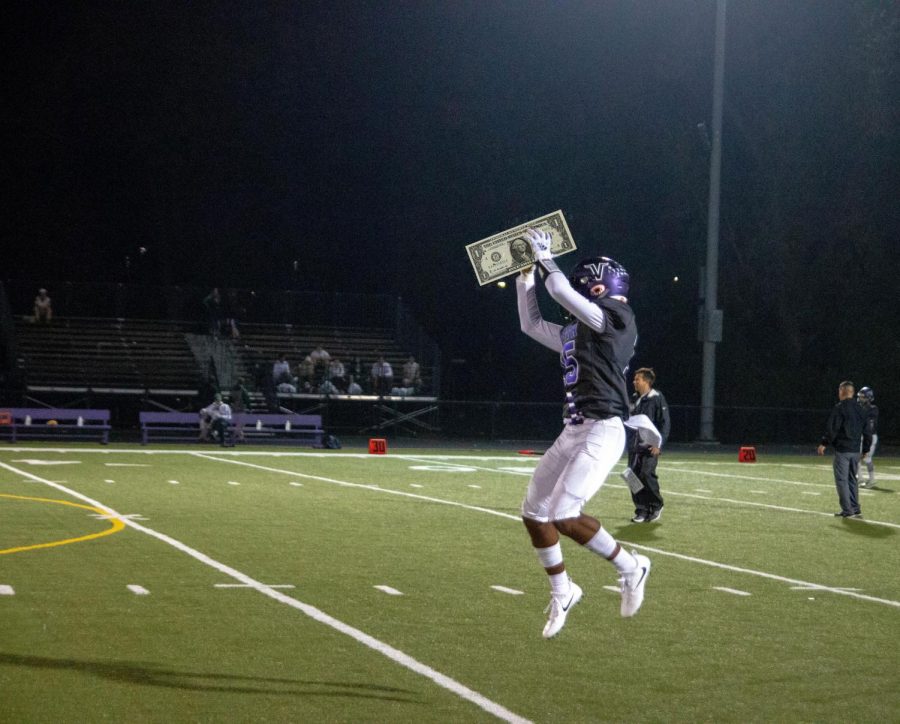On March 12, 1967 the Velvet Underground, along with Nico, made their big debut with the help of pop-art icon Andy Warhol. 50 years later, The Velvet Underground and Nico has stood the test of time, and stands as the perfect example of the rise of underground and independent artists.
Following their signing to Verve Records, and their tour with Warhol, the legends-to-be took to the recording studio to finally lay down the notorious tunes. Complications with the lyrics, and John Cale’s singing, caused the album’s release to be pushed back but ultimately the record was published with Warhol’s art on the jacket. The art, songs, and artists on the album would soon become legends, and the album would be ranked at #13 on the Rolling Stones list of best albums of all time.
This album brought out the talent of singers Nico and Lou Reed, along with the accompanying band consisting of Cale, Sterling Morrison, and Maureen Tucker. Both Reed and Nico would later follow the success of this album with solo careers, and Cale later worked with glam idols Brian Eno and Kevin Ayers.
Originally release on a single LP, and containing 11 songs, the album didn’t do well commercially due to the controversial topics presented in the lyrics. The record even went on to be banned from various record stores. Spawned from the album were also two singles. Both were released prior to the album in 1966, and were pressings of “All Tomorrow’s Parties”/”I’ll Be Your Mirror”, and “Sunday Morning”/”Femme Fatale”.
“The three other LPs the group recorded before Reed left the band almost four years after that show were great in their own rights, but paled in comparison to [ The Velvet Underground and Nico ],” said Pitchfork writer, Miles Raymer.
The album switches vibes numerous times from the more Bo-Diddley garage rock song “Run Run Run”, to progressive tunes like “European Son” and “The Black Angel’s Death Song”, and everywhere in between.
It opens with the melodic track “Sunday Morning”, which has a darker tone despite Reed’s soothing vocals, and xylophone reverb. It’s lyrics like ” Sunday morning/And I’m falling/I’ve got a feeling/I don’t want to know,” that remind you of Reed’s underlying messages. These metaphors contuine on into “I’m Waiting For The Man” that follows a more rock structure. The song centers of a heavily distorted guitar rhythm, and Reed’s gravely voice.
The tone of the album makes a quick shift when Nico takes over on lead vocals on “Femme Fatale”, and Reed and Cale transfer to back vocals that really tie the entire tune together. “Venus In Furs” is probably the oddest track on the album, followed closely by “The Black Angel’s Death Song”, and stands out from the others because of the strange vibe that the sliding guitar brings.
“Run Run Run” and “There She Goes Again” have to be my favorite songs on the entire album. It brings a Bob Dylan tone to the album, and really spotlights the harmonies of the band while still having a steady riff in the back. “Run Run Run” also gives way to an amazing little solo, that almost sounds like it could fit on an early Kinks album. Reed would also later use this vibe on songs like “Wagon Wheel” and “Leave Me Alone” during his time in the glam rock scene.
While I enjoy Nico’s vocals, her songs seemed to drag down the overall tone of the album. “All Tomorrow’s Parties” is oddly placed between two more rock centered songs, and “I’ll Be Your Mirror” is my least favorite.
“The Velvet Underground and Nico” is perhaps the best debut albums of all time, and deserves to hold its place up with the legendary album of the 60s, like Abbey Road and Pet Sounds. Its legacy will live on for much longer because of its progressive tones, and how iconic the art is.














